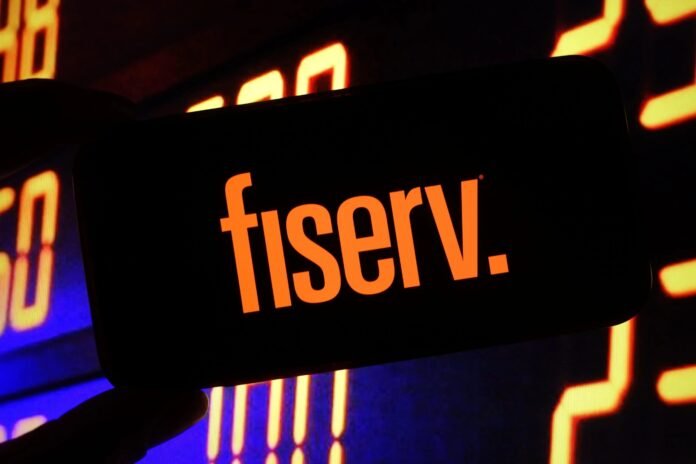Fiserv’s Ambitious Growth for Clover
Fiserv, a leading fintech provider, is making headlines with its bold prediction: the revenue from its small-merchant point-of-sale (POS) system, Clover, is expected to double within the next two years. This ambitious forecast reflects a broader trend in the financial technology sector, where major players are increasingly focusing on enhancing services for small and medium-sized businesses (SMBs).
The Competitive Landscape
In addition to Fiserv, other financial giants are ramping up their small business offerings. PayPal is expanding its ecosystem of services tailored for SMBs, while Mastercard has introduced ten new programs aimed at supporting small businesses over the past year. This competitive landscape highlights the growing recognition of the SMB sector as a vital component of the economy, driving innovation and investment.
Investment Trends in Fintech
Fintech investors have poured billions into foundational technologies, particularly in areas like embedded payments infrastructure and spend management platforms. However, according to Laura Kennedy, author of a recent CB Insights report, the next significant opportunities lie in areas that have been largely overlooked, such as accounts receivable (AR) automation and tailored financing solutions for digital-native businesses.
Since 2020, investments in fintech solutions for SMBs have predominantly focused on established sectors like payments infrastructure and enterprise cross-border payments, capturing approximately 77% of fintech funding, totaling around $16.5 billion. This concentration has left AR automation notably underfunded, presenting an attractive market gap for savvy investors.
Liquidity Optimization through AR
Kennedy points out that accounts receivable automation currently holds the lowest commercial maturity score among fintech solutions studied. In contrast, accounts payable (AP) automation is closer to scaling. Businesses have prioritized AP to streamline outgoing payments, leaving receivables—a crucial component for liquidity management—largely overlooked.
This discrepancy signals an imminent shift as SMBs increasingly seek comprehensive financial automation across their balance sheets. AR automation represents a particularly appealing investment opportunity, especially as economic uncertainties drive businesses to enhance liquidity and optimize cash inflows.
The Promise of Invoice Financing
Invoice financing is another promising yet underdeveloped segment within fintech. Despite its importance in helping SMBs manage short-term liquidity, this sector remains only slightly ahead of AR automation in terms of investment. Kennedy emphasizes that the usage of invoice finance will likely rise due to uncertain macroeconomic conditions, pushing SMBs toward alternative capital sources.
Revenue-Based Financing on the Rise
Revenue-based financing is emerging as a significant growth area, particularly for digital-native SMBs like e-commerce and SaaS companies. These businesses often prioritize revenue growth over immediate profits, creating a mismatch with traditional lending models. Previously, venture funding filled this gap, but current market conditions have led these companies to seek alternative financing solutions.
Platforms like Pipe, Clearco, and Capchase are at the forefront of this trend, offering flexible, non-dilutive capital linked directly to predictable future revenues. Investor activity in this sector has been robust, particularly at early stages, accounting for nearly two-thirds of deals since 2020. Several SMB-focused revenue-based financing firms have even reached unicorn status, reflecting strong investor optimism.
The Importance of Integration
Kennedy stresses that seamless integration is a crucial factor for fintech success among SMBs. Businesses prefer solutions that easily mesh with their existing technology stacks rather than requiring disruptive overhauls. Foundational solutions that enhance operational efficiency are prioritized, with treasury and cash management solutions achieving higher maturity because they centralize automation across financial operations.
Fintech startups must clearly demonstrate how their products fit into broader financial ecosystems, emphasizing easy integration alongside innovative features.
Addressing Fintech Gaps
Ultimately, significant opportunities within SMB fintech will increasingly emerge from addressing less-invested segments like AR automation and catering to the unique capital needs of digital-native businesses. Kennedy concludes that fintech players who strategically target these overlooked niches will position themselves for substantial growth in the next wave of fintech investment.
For those interested in the evolving landscape of finance and technology, further insights can be found in related articles exploring the future of finance and the challenges faced by bank CEOs.

